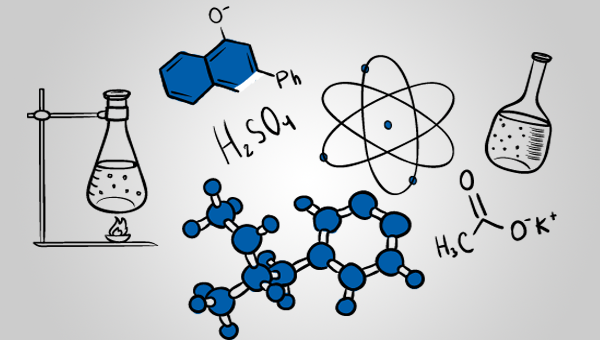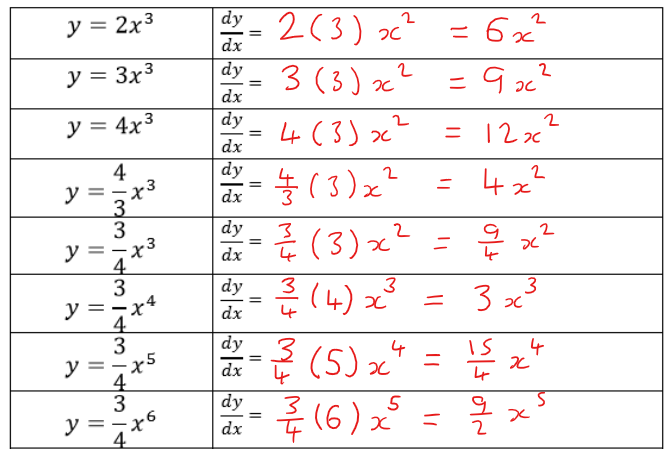Uhusiano Kati ya Historia ya Tanzania na Maadili na Masomo mengine
Uhusiano wa Historia ya Tanzania na Maadili na masomo mengine ni muhimu kwa kuwa, matukio ya kihistoria na maadili ya jamii huenda sambamba na matukio mengine yahusuyo taaluma zingine. Yafuatayo ni baadhi ya masomo yenye uhusiano na somo la Historia ya Tanzania na Maadili:
Lugha hizi ni muhimu katika kusoma na kuelewa vyanzo vya kihistoria maadili na maandiko mbalimbali yaliyoandikwa kuhusu historia ya Tanzania na maadili. Lugha hizi husaidia kueneza na kuhifadhi maarifa ya kihistoria na maadili ya jamii. Isitoshe, lugha ndizo zinaeleza maadili ya jamii kwa sababu bila lugha mawasiliano hayawezekani.
Somo la Historia ya Tanzania na Maadili linahusiana na somo la Jiografia hasa katika mazingira. Mazingira ya kijiografia yanaweza kuathiri shughuli za binadamu kama vile biashara, utamaduni, kilimo na uhamaji wa watu. Hivyo, jiografia hutusaidia kufafanua mazingira ambapo matukio ya kihistoria na maendeleo ya jamii yalitokea. Zaidi ya hayo, mazingira kama sehemu ya jiografia yanategemea maadili kwani bila maadili mazingira hayawezi kutunzwa vizuri na hatimaye kuharibika. Kwa mfano, kukata miti hovyo na kuchoma misitu ni uharibifu wa mazingira na ni ukiukaji wa maadili. Pia, uchimbaji madini bila kuzingatia athari za kimazingira ni ukiukaji wa maadili.
Somo la Historia ya Tanzania na Maadili linahusisha matumizi ya takwimu na tafsiri zake kuhusu matukio ya zamani. Hisabati inaweza kutumiwa kuchambua takwimu za kihistoria na maadili. Vilevile, takwimu lazima ziwe na faida kwa binadamu na zifuate maadili ya jamii inayohusika. Kwa mfano, kutunza siri za watu wakati wa kukusanya takwimu hizo.
Somo la Historia ya Tanzania na Maadili lina uhusiano na kilimo kwa kuwa kilimo ni sehemu ya mila na desturi za jamii za asili za Kitanzania na za sasa. Kilimo kimekuwa sehemu muhimu ya utamaduni na mila za Kiafrika. Taarifa za kihistoria zinaonesha jinsi shughuli za kilimo zinavyoingiliana na mila na desturi za kijamii kutoka enzi za kale. Kilimo kisichofuata maadili huharibu mazingira na kutokuwa na faida kwa binadamu. Mfano wa kilimo kisichozingatia maadili ni kulima kwenye vyanzo vya maji na kuchoma misitu.
Somo la Historia ya Tanzania na Maadili lina uhusiano wa karibu na chakula na lishe kwa sababu huchangia katika kuelewa asili ya vyakula, mabadiliko ya mitindo ya kula katika jamii, na jinsi tabia za kula zinavyoathiri afya ya binadamu na mazingira. Zaidi ya hayo, chakula kisichotumiwa kwa kufuata maadili kinakuwa hatari kwa binadamu. Kwa mfano, ni kinyume cha maadili kupikia mafuta yaliyopita muda wake wa matumizi au kampuni kudanganya kuwa bidhaa yake ina vitamini na madini zaidi kuliko uhalisia ili kuwavutia wateja. Vilevile, kuvua, kuuza na kula samaki waliovuliwa kwa njia ya sumu ni kinyume cha maadili na huathiri afya na mustakabali wa jamii.
Sanaa na michezo ni sehemu muhimu ya utamaduni wa Tanzania na inaathiriwa na historia na maadili ya jamii katika zama mbalimbali. Kuelewa historia ya sanaa na michezo kunaweza kutusaidia kufahamu jinsi utamaduni wa Kitanzania ulivyokua na kubadilika kupitia sanaa na michezo katika vipindi tofauti. Pia, sanaa na michezo huongozwa na maadili, kama vile kutunza vifaa na viwanja vya michezo na ushindani wa haki. Mifano ya kukosa maadili katika sanaa na michezo ni pamoja na kutozingatia milko na utamaduni wa jamii kama vile kutumia lugha isiyo na staha, kuvaa nguo zisizo na staha au kuvua nguo jukwaani na michezoni na matumizi ya dawa za kuongeza nguvu michezoni.
Muziki umekuwa sehemu ya historia tangu enzi ya mababu. Kupitia historia ya muziki, tunajifunza jinsi ambavyo muziki umekuwa chombo cha kuelimisha, kuburudisha, na kufahamisha kuhusu matukio mbalimbali ya kihistoria na maadili ya jamii. Kupitia muziki, maadili yamefundishwa na kujenga tabia za watu kama upendo, heshima na kujali wengine.
Shairi: Historia ya Tanzania na Maadili
Tanganyika na Zanzibar, mwaka sitini na nne,
Zilipoungana kwa pamoja, kwa amani na upendo,
Nyerere na Karume, viongozi wa haki,
Wakaweka msingi wa Tanzania yetu tukufu.
Biashara ya utumwa, pambano la Ukoloni,
Mapambano ya uhuru, yatukumbusho leo,
Maadili ya ujamaa, yanayotuongoza,
Kwa heshima na umoja, ndio uti wa mgongo.
Kilimanjaro mlima, Manyara na Serengeti,
Hazina za asili, tunazitunza kwa heshima,
Makabila na dini, zote zina usawa,
Kwa maadili mema, tunaendelea pamoja.
Vijana wa Tanzania, ndio nyota ya kesho,
Kwa maarifa na maadili, tutaendelea mbele,
Kwa kumbukumbu ya historia, na maadili ya uzima,
Tanzania daima, itabaki kuwa bora.
Umuhimu wa Somo la Historia ya Tanzania na Maadili
Historia ya Tanzania na Maadili ni muhimu kwa sababu inachangia katika kujenga utambulisho wa kitaifa, kuendeleza maadili mazuri na kutoa mwongozo wa kuishi kwa amani na umoja katika jamii. Baadhi ya umuhimu huo ni kama ifuatavyo:
Kwa hivyo, somo la Historia ya Tanzania na Maadili lina jukumu muhimu katika kuendeleza utamaduni wa taifa, kujenga utambulisho wa kitaifa, na kutoa mwongozo kwa wananchi wa Tanzania katika kushiriki kikamilifu katika maendeleo ya nchi yao. Pia, somo hili ni msaada mkubwa wa kuendeleza maadili mazuri na kuwezesha watanzania kuishi kwa amani na umoja katika jamii.





